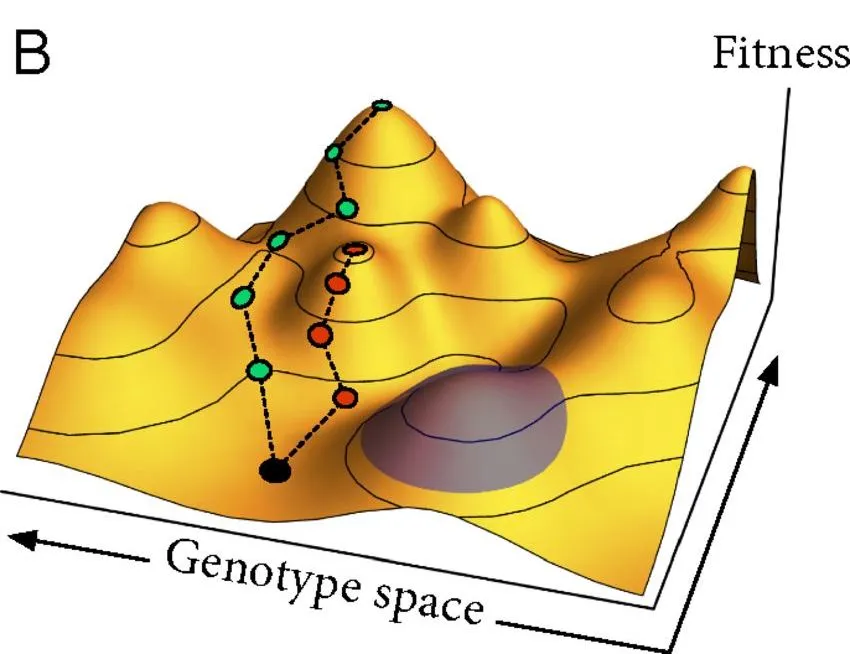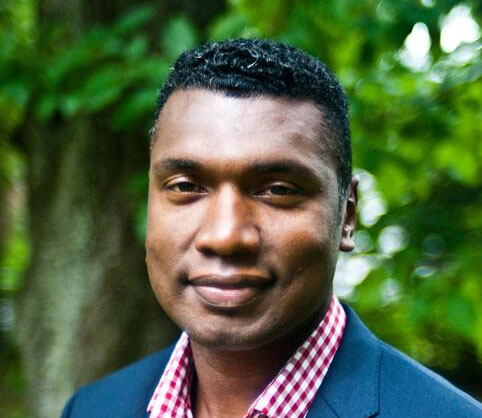In 1990, within the intellectual haven of Haverford College, I embarked on a transformative academic journey into biophysics – the captivating intersection of physics and biology.
It was during this time that I delved into the tantalising notion of quantum mechanics operating within living organisms.
Unbeknownst to me, this exploration would etch an enduring imprint on my scientific voyage, kindling a lifelong fascination with biophysics. Ultimately, I charted my research course in quantum cosmology, but the echoes of biophysics persisted.
One of the most potent strategies in unveiling new truths in physics arises from principles that unify seemingly disparate phenomena. Einstein's principle of relativity, for instance, harmonised electromagnetism with the fabric of four-dimensional spacetime.
Similarly, physicists like Richard Feynman and Paul Dirac achieved remarkable feats by bringing together disparate principles, uniting quantum theory with relativity to birth a new perspective on the quantum field.
This yielded predictions like the existence of antimatter and the Standard Model of elementary particles, which have since been validated at particle accelerators worldwide.
During my tenure as a physics professor at Dartmouth College, I met a remarkable molecular biologist, Salvador Almagro Moreno. Over numerous intellectual exchanges over pints, Salvador and I discerned a common thread weaving through our distinct fields: the potential for a symbiosis between physics and biology.
Quantum survival strategies
Our collaborative brainchild emerged by converging Darwin's theory of natural selection and the quantum superposition principle. This weaved the relentless engine of evolution into the enigmatic behaviour of quantum entities.
Darwin's theory of natural selection hinges on genetic variations, survival, and reproduction. It favours organisms with advantageous traits, thereby propelling evolution.
Conversely, the principle of quantum superposition illuminates the peculiar ability of quantum entities, such as electrons or molecules, to exist in multiple states simultaneously – a concept that defies classical physics.
We christened our creation the 'bio-dynamic optimisation principle'. At its core, it asserts that living systems evolve to exploit any aspect of physics that enables exploration of all possible ‘fitness landscapes’.
As seen below, a ‘fitness landscape’ is a visual or conceptual representation in biology and evolution that shows how the fitness, or success, of an organism depends on its genetic traits, or genotype, and how those traits interact with the surrounding environment.

It's essentially a map that helps us understand which traits are advantageous or disadvantageous for survival and reproduction in a specific environment. High peaks on the landscape represent traits that lead to greater fitness, and success, while valleys represent less advantageous traits.
This concept helps to explain how natural selection works and how species evolve over time. The idea may hopefully breathe new life into the role of quantum mechanics within the often wet and thermally dynamic environments of living organisms.
For example, consider the unassuming firefly. These luminescent insects rely on quantum transitions to generate light – a vital survival strategy. One might conjecture that the tumultuous milieu of biology would erode such delicate quantum phenomena. However, our bio-dynamic optimisation principle suggests otherwise.
It posits that natural selection acts as a vigilant guardian, preserving the quantum coherence essential for survival-related quantum activities, such as bioluminescence in fireflies. The quantum of life also appears to function in photosynthesis, allowing birds to navigate and perhaps even influence the brain.
The future of quantum biology
Our principle opens up promising avenues for exploration. So, what other predictions might arise from this marriage of evolution and quantum physics? There are several:
- Quantum-Mechanical Communication: Living systems, such as a swarm of single-celled bacteria, may harness quantum communication for efficient and covert signalling, increasing their survivability.
- Quantum-Enhanced Sensing: Organisms could leverage quantum phenomena to develop hyper-sensitive sensors for detecting subtle environmental changes.
- Quantum Resilience: Under the guiding hand of natural selection, some life forms may have evolved mechanisms to withstand quantum decoherence (the collapse of quantum properties when particles interact with their surroundings), ensuring the persistence of quantum advantages in the face of adversity.
- Quantum Bio-Order Parameters: The shapes of biomolecules can create emergent quantum fields that produce higher levels of cellular corporation. A swarm of bacteria (a collective), for example, creates many clones of itself with mutations – this can only happen if there is a collective. If an environmental pressure destroys all but one of the bacteria with the traits for survival then that one survivor will clone itself into a new collective.
Quantum engineers such as Professor Clarice Aiello of UCLA work on experiments that probe quantum mechanical effects, studies that examine how quantum spin might underlie biosensing phenomena and more. One goal of her research is to figure out how biology hacked quantum mechanics – information that could help engineers make a better quantum computer.
The fusion of Darwin's evolutionary wisdom with the enigmatic world of quantum mechanics hints at profound implications for the essence of life itself.
Perhaps the bio-dynamic optimisation principle and the field of quantum biology stand as a testament to the enduring allure of science, where unexpected connections and innovative ideas continually shape our understanding of the universe and the miraculous wonders it holds.
Read more about physics:
- It may be one of the basic building blocks of all matter, but there’s still a lot we have to learn about the proton
- Clingy atoms and catastrophic iron: The strange science underpinning nuclear fusion
- Evil doppelgängers, alternate timelines and infinite possibilities: the physics of the multiverse explained





